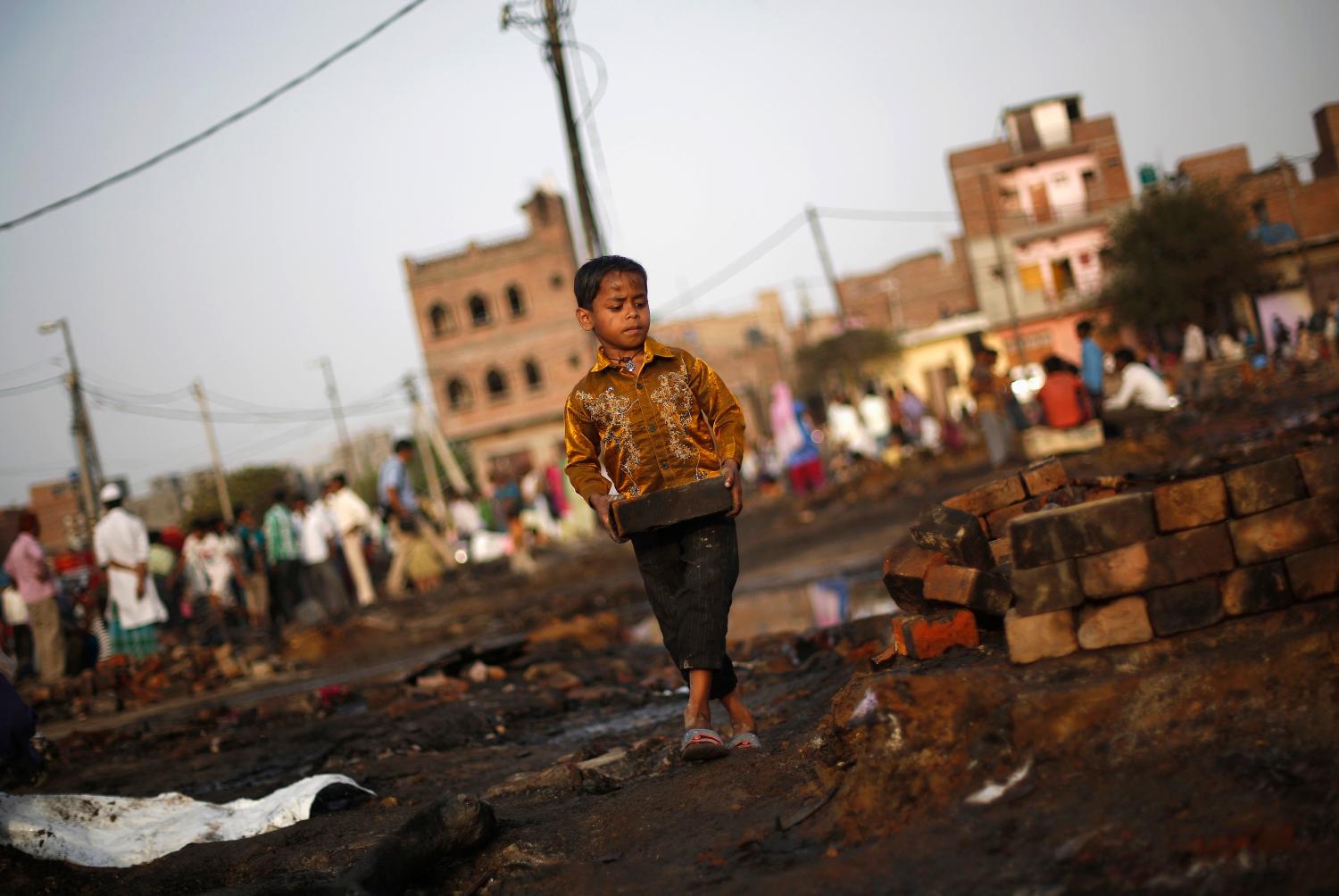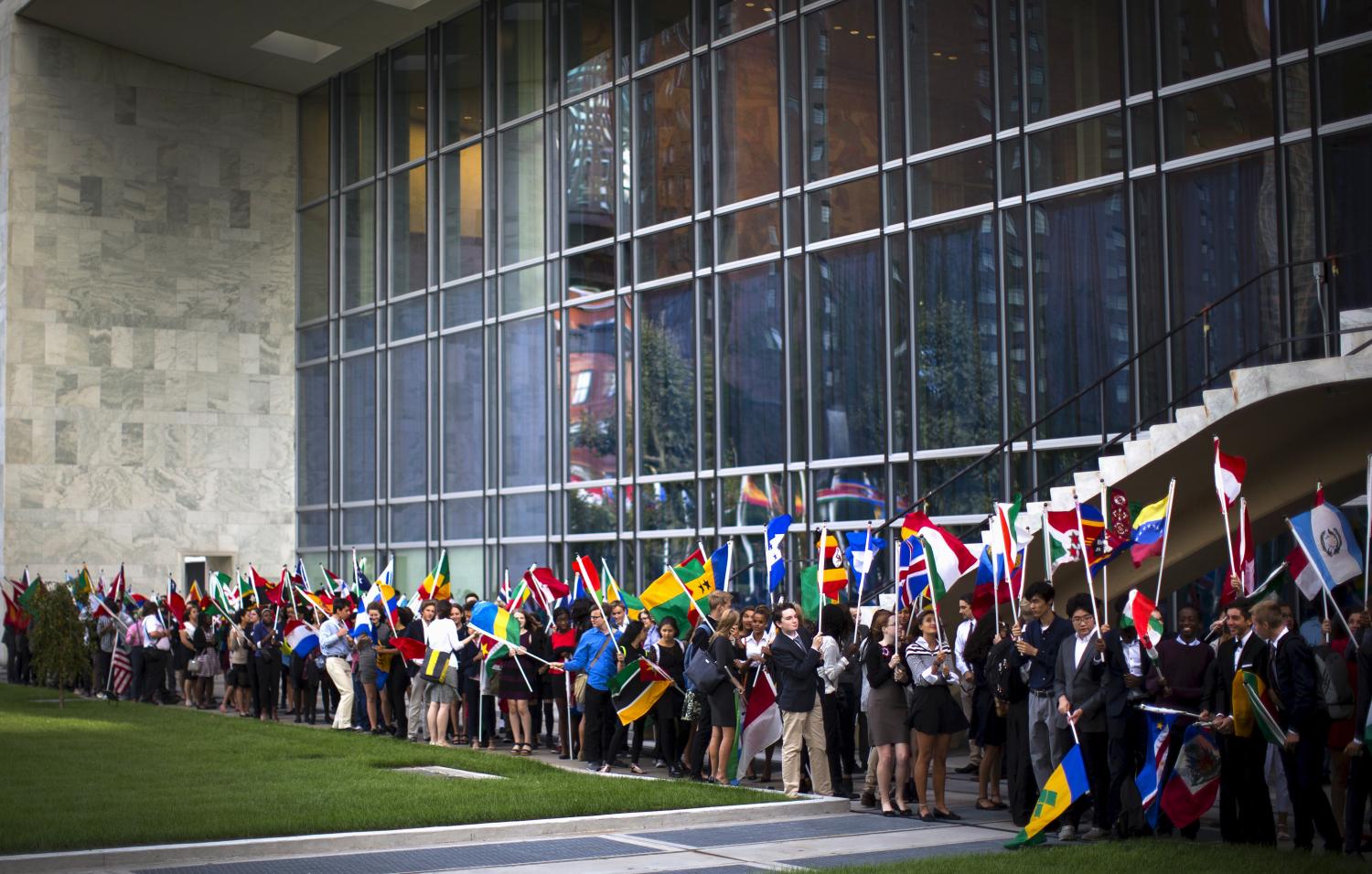Editor’s Note: An interactive feature, highlighting the key findings from this report, can be found here.
Over a billion people worldwide live on less than $1.25 a day. But that number is falling. This has given credence to the idea that extreme poverty can be eliminated in a generation. A new study by Brookings researchers examines the prospects for ending extreme poverty by 2030 and the factors that will determine progress toward this goal. Below are some of the key findings:
1. We are at a unique point in history where there are more people in the world living right around the $1.25 mark than at any other income level. This implies that equitable growth in the developing world will result in more movement of people across the poverty line than across any other level.
2. Sustaining the trend rate of global poverty reduction requires that each year a new set of individuals is primed to cross the international poverty line. This will become increasingly difficult as some of the poorest of the poor struggle to make enough progress to approach the $1.25 threshold over the next twenty years.
3. The period from 1990 to 2030 resembles a relay race in which responsibility for leading the charge on global poverty reduction passes between China, India and sub-Saharan Africa. China has driven progress over the last twenty years, but with its poverty rate now down in the single digits, the baton is being passed to India. India has the capacity to deliver sustained progress on global poverty reduction over the next decade based on modest assumptions of equitable growth. Once India’s poverty is largely exhausted, it will be up to sub-Saharan Africa to run the final relay leg and bring the baton home. This poses a significant challenge as most of Africa’s poor people start a long way behind the poverty line.
4. As global poverty approaches zero, it becomes increasingly concentrated in countries where the record of and prospects for poverty reduction are weakest. Today, a third of the world’s poor live in fragile states but this share could rise to half in 2018 and nearly two-thirds in 2030.
5. The World Bank has recently set a goal to reduce extreme poverty around the world to under 3 percent by 2030. It is unlikely that this goal can be achieved by stronger than expected growth across the developing world, or greater income equality within each developing country, alone. Both factors are needed simultaneously.
The Brookings Institution is committed to quality, independence, and impact.
We are supported by a diverse array of funders. In line with our values and policies, each Brookings publication represents the sole views of its author(s).



